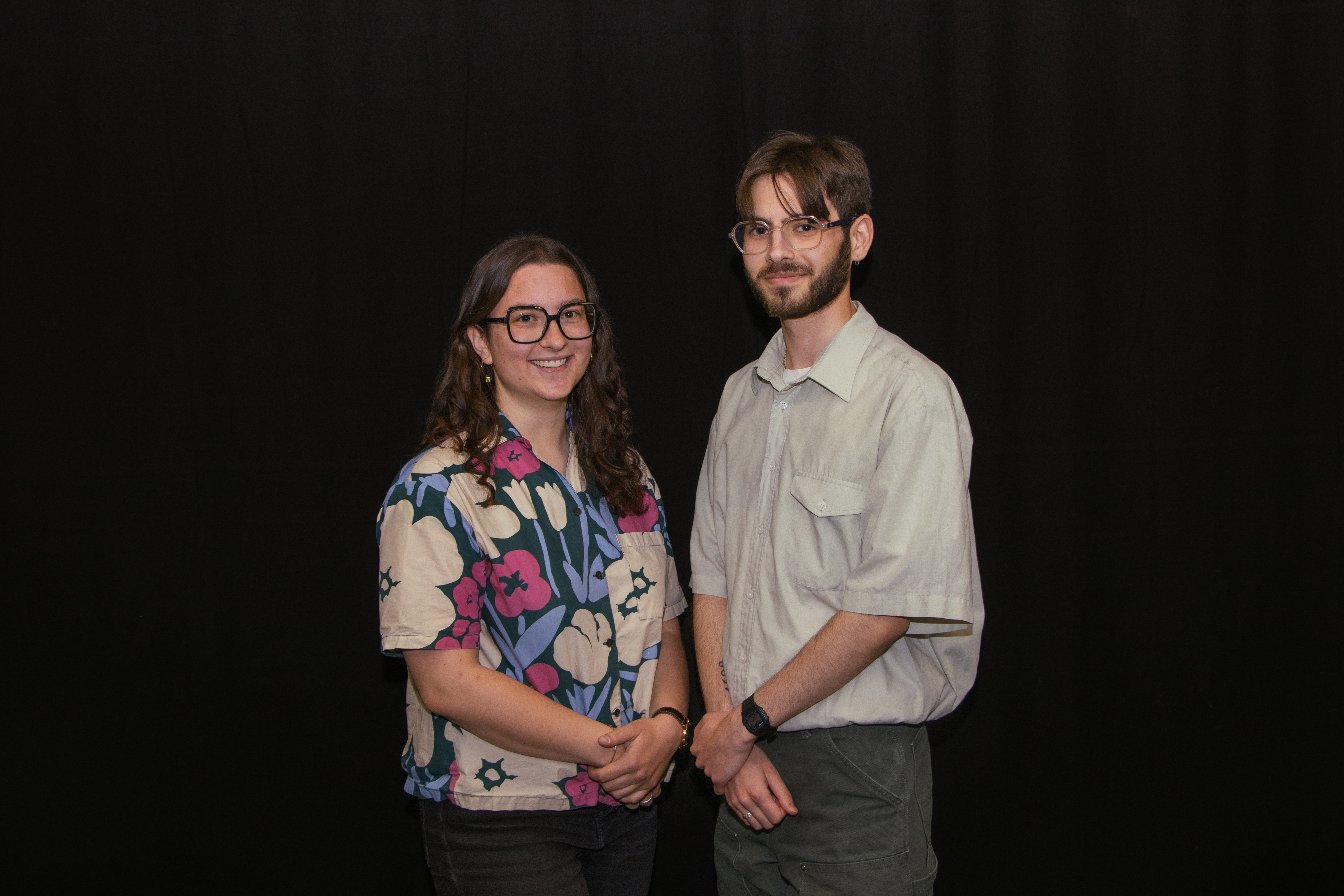Framing the Future: The Museum Experience and Digital Technology.
A qualitative study on digital technology strategies employed by art museums in Sweden.
Museums are crucial in preserving society's cultural heritage. Changing visitor habits and advancing digital technologies challenge museums to adapt and enhance their exhibitions. However, many struggle to embrace these changes sustainably, lacking guidance on effectively accommodating visitor behaviours and leveraging new technologies.
Previous research highlights the need for guidelines and standards in developing digital strategies for museums. This study specifically investigates this issue within Swedish art museums.
The study aims to provide insights into digital technology strategies employed by art museums in Sweden and explore how the relationship between current strategies and previous research on visitor experience can benefit museum management and visitors. A qualitative study involving semi-structured interviews was conducted with seven art museums across Sweden, focusing on their use of digital technologies and strategies. Thematic analysis of the data revealed five common themes: (1) Prolonged digital development, (2) Purposeful and logical use of digital technology, (3) Adapting to digital habits for public accessibility, (4) Limited knowledge of the potential benefits of digital technologies, and (5) Museums striving to meet visitor needs and expectations.
The research findings indicate that museums face challenges in adopting digital technologies, including budget limitations, lack of in-house expertise, and difficulties with technological complexity, despite their desire to meet visitor expectations. The data suggests a need for guidance in developing digital strategies for Swedish museums, albeit varying in extent across institutions. Museums should be informed about the possibilities of digital technologies in enhancing visitor experiences and how to effectively integrate them within their specific organizations. Future research can build upon these findings to establish guidelines for museums and explore the applicability of the research questions in other countries.

